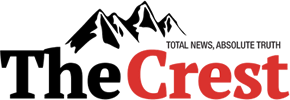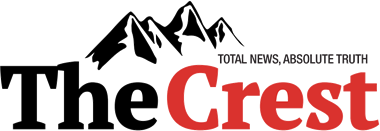News
Edo Guber Poll: Obaseki Declares Friday Public Holiday

In order to enable registered voters exercise their franchise in Saturday’s gubernatorial election in Edo State without stress, Governor Godwin Obaseki has declared Friday, September 20, 2024, a work free day throughout the state.
A statement issued Thursday by the Secretary to the State Government (SSG), Mr. Joseph Eboigbe, the administration said the holiday is to enable workers and residents travel to their respective voting areas ahead of the high-stake election.
The election will hold in all the 18 local government areas (LGAs), of the state.
In the statement, the SSG, Mr. Eboigbe declared: “It is hereby announced for the information of the general public that the Edo State Government has declared Friday, September 20, a work-free day in Edo State. “This is to enable workers and other electorates travel to their voting areas ahead of the September 21 governorship election in the State.”




